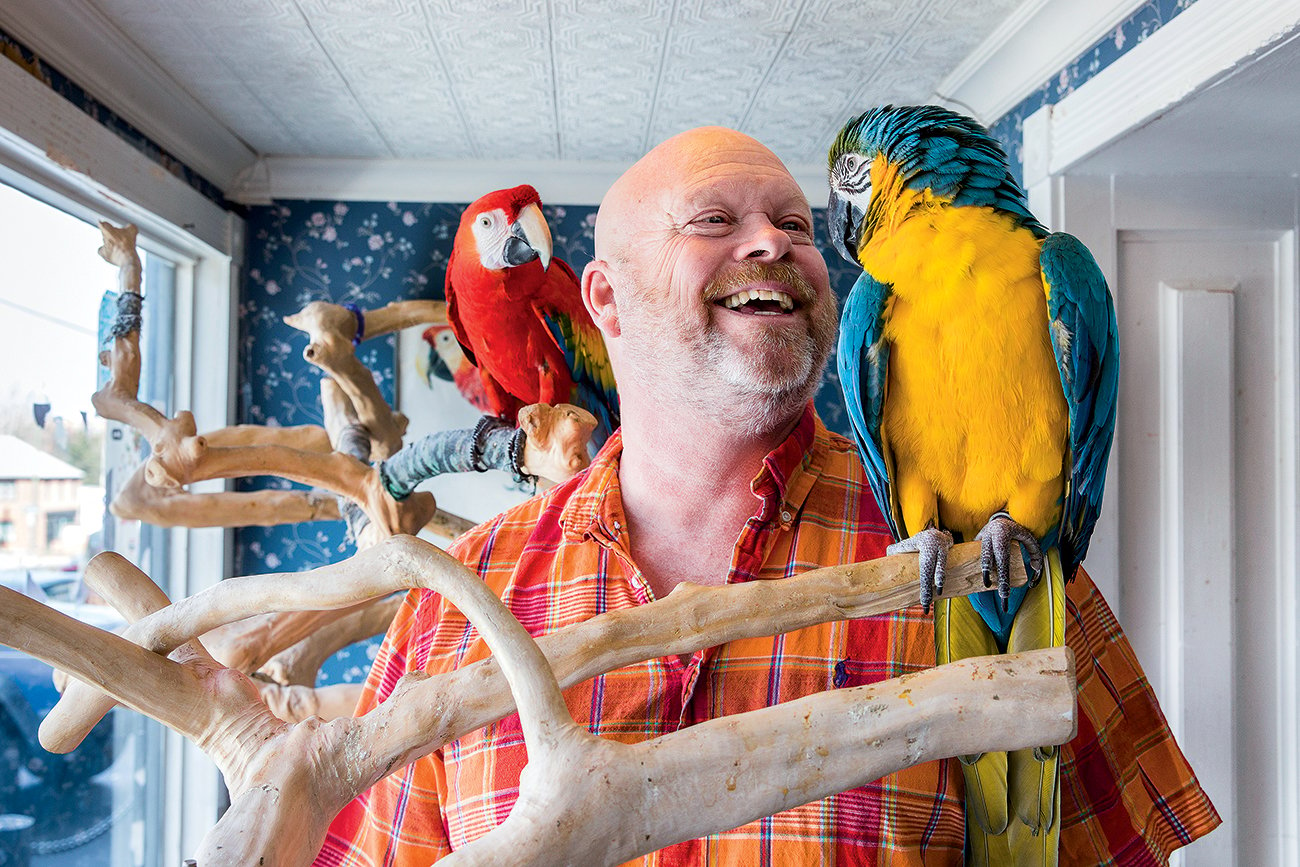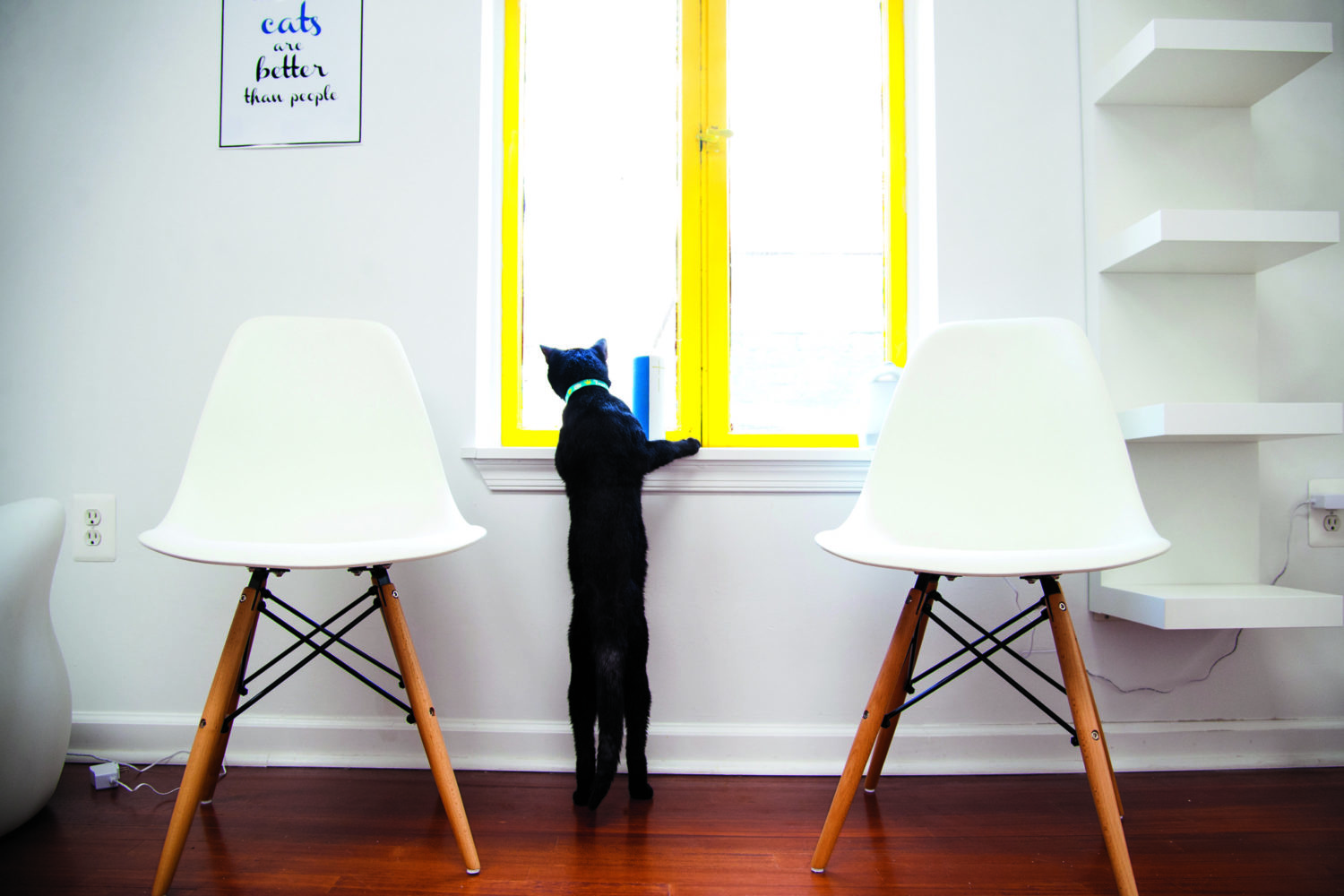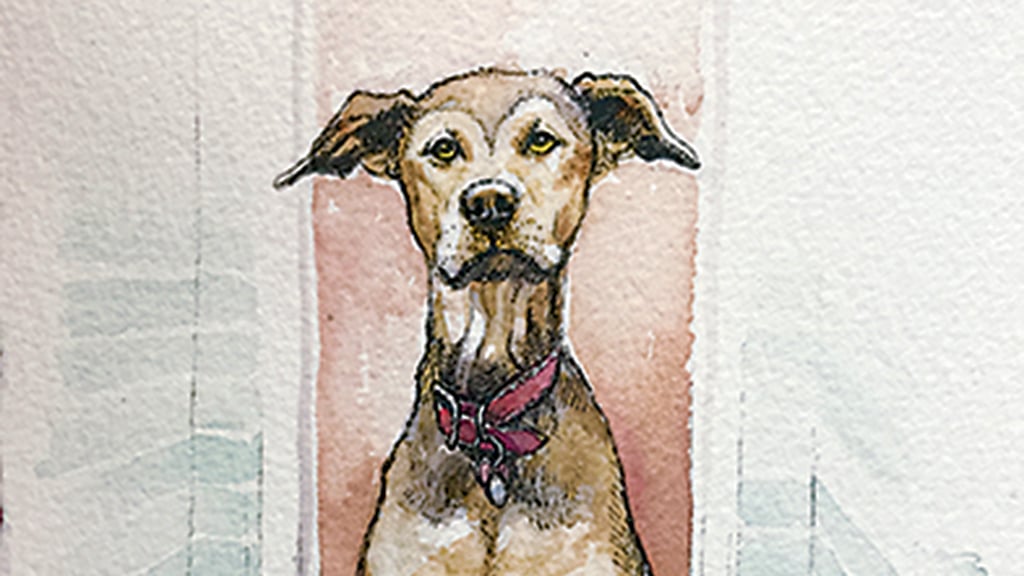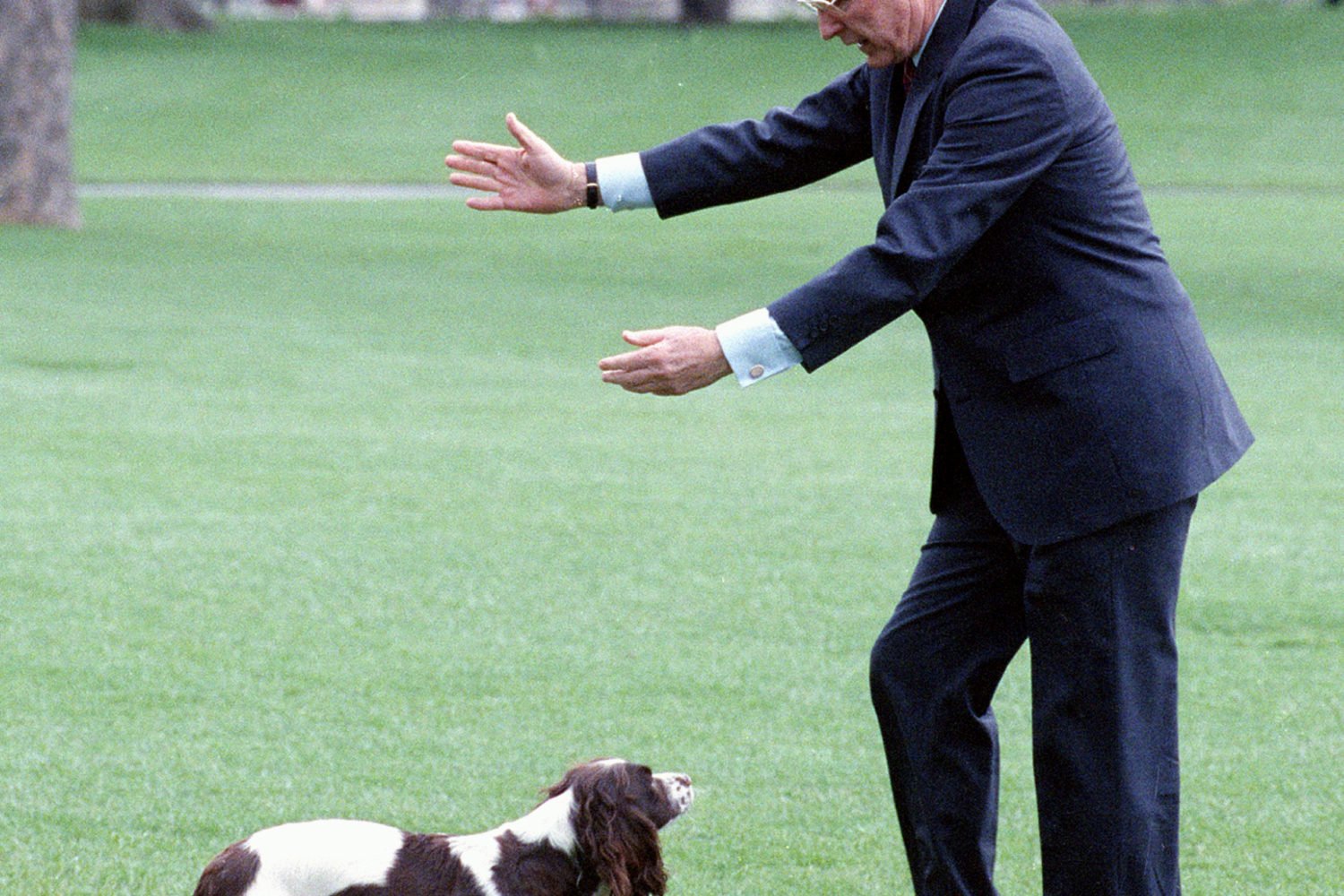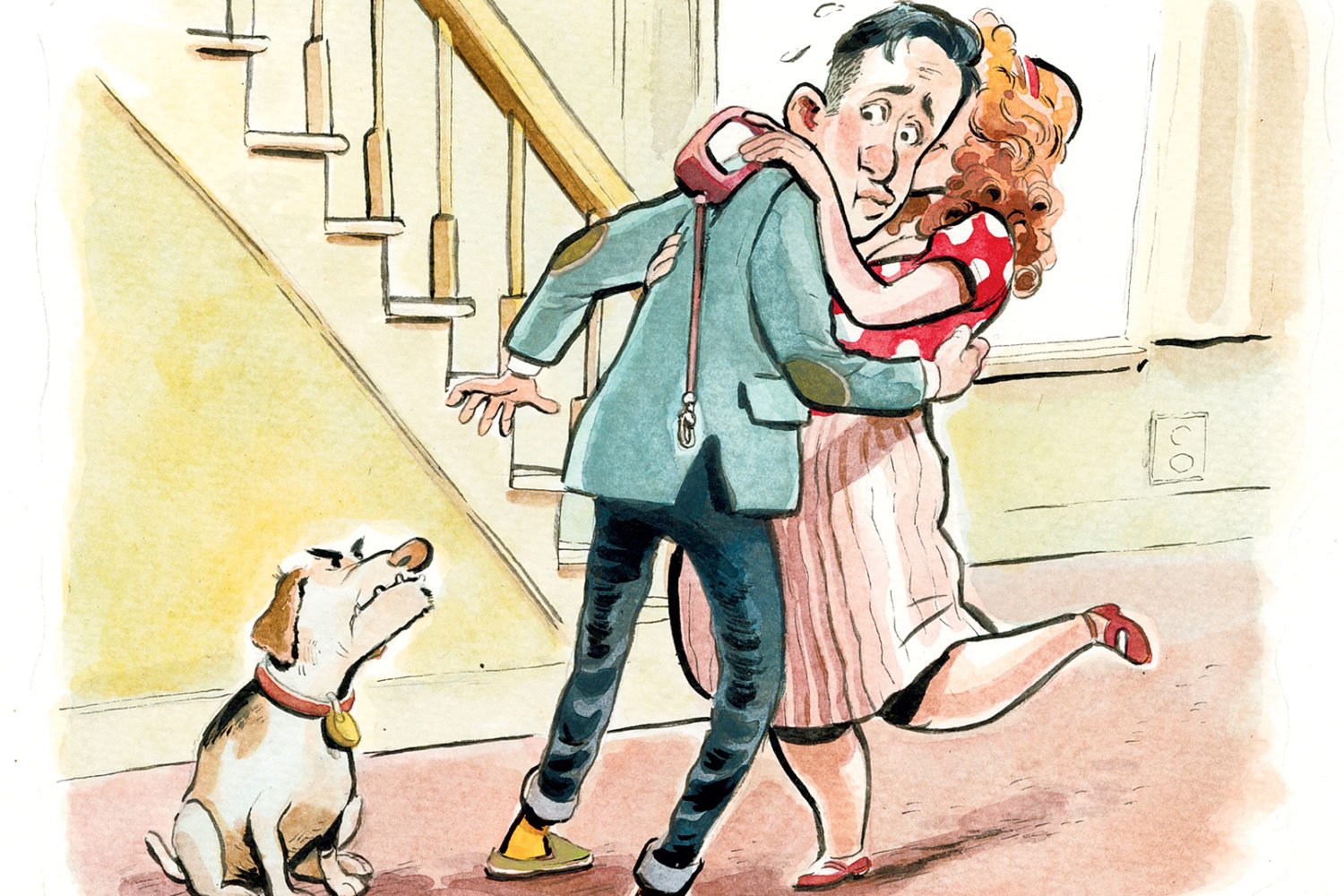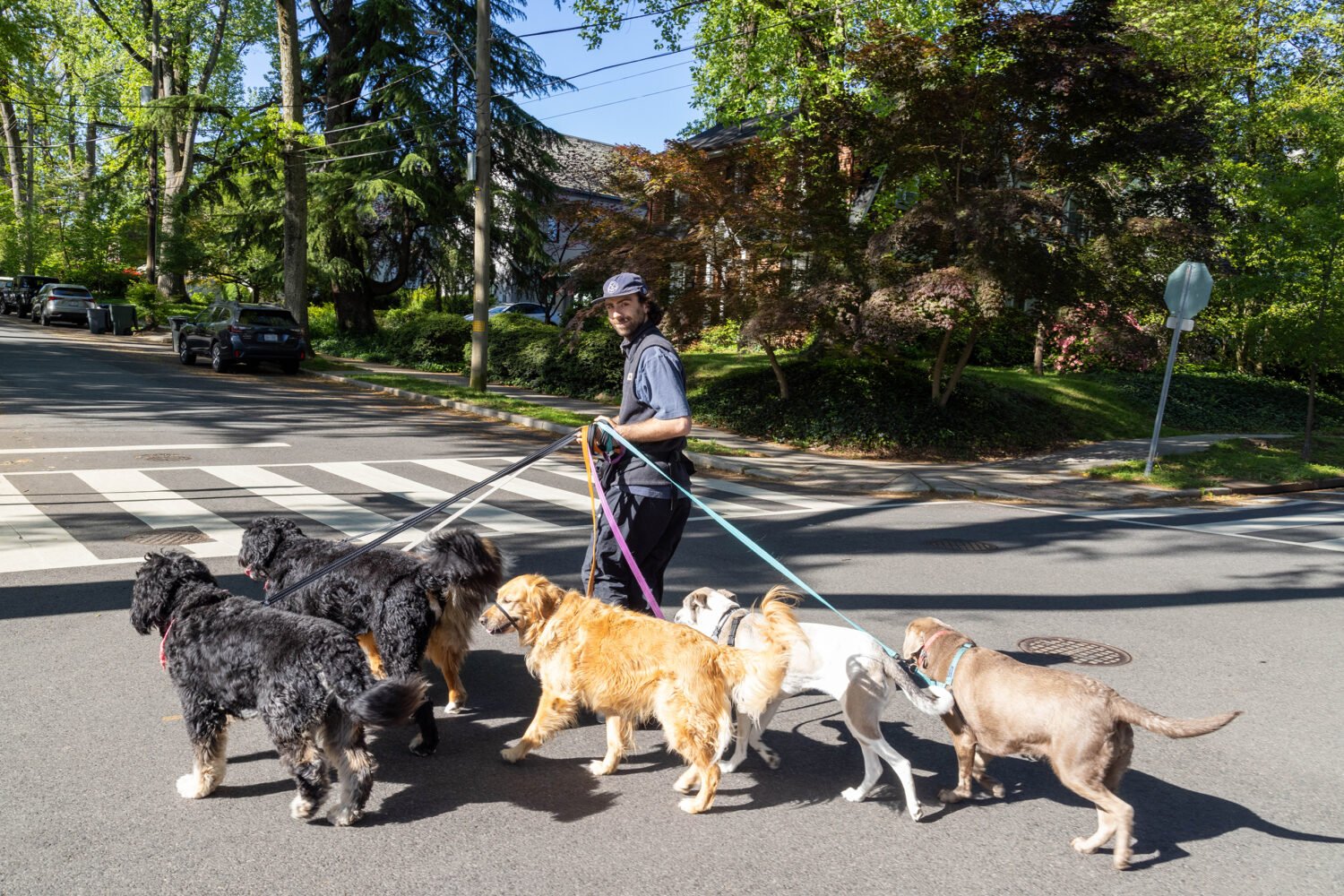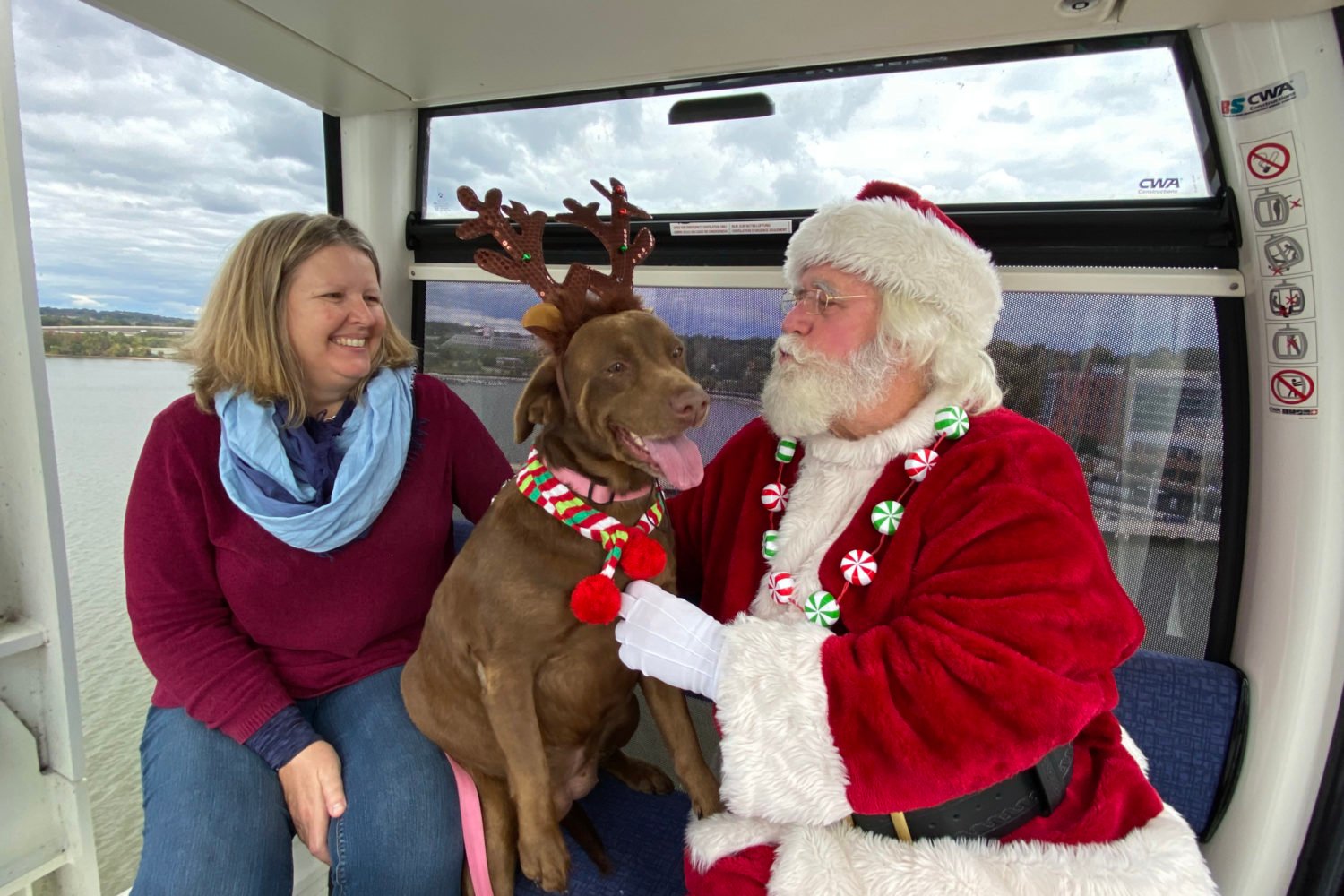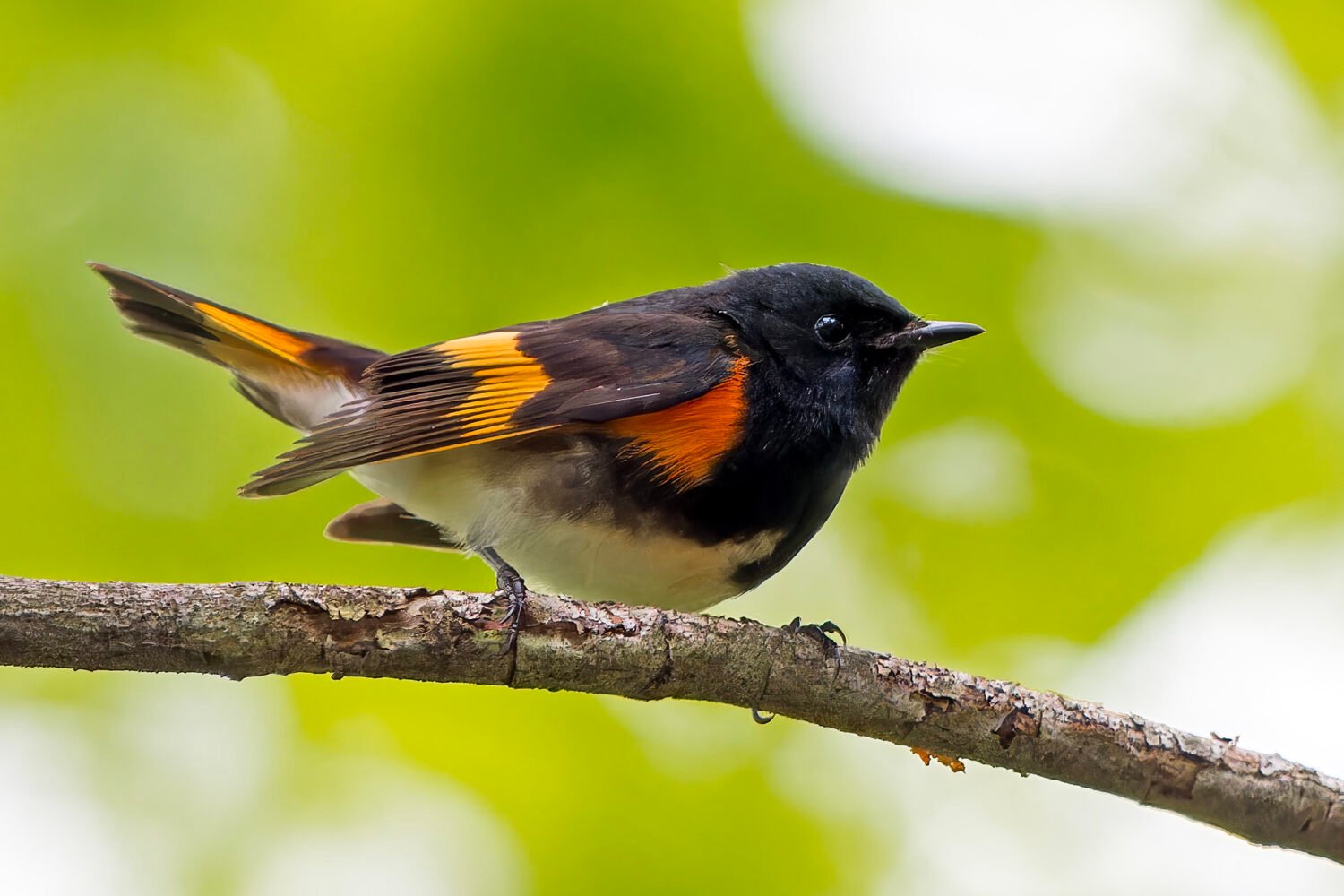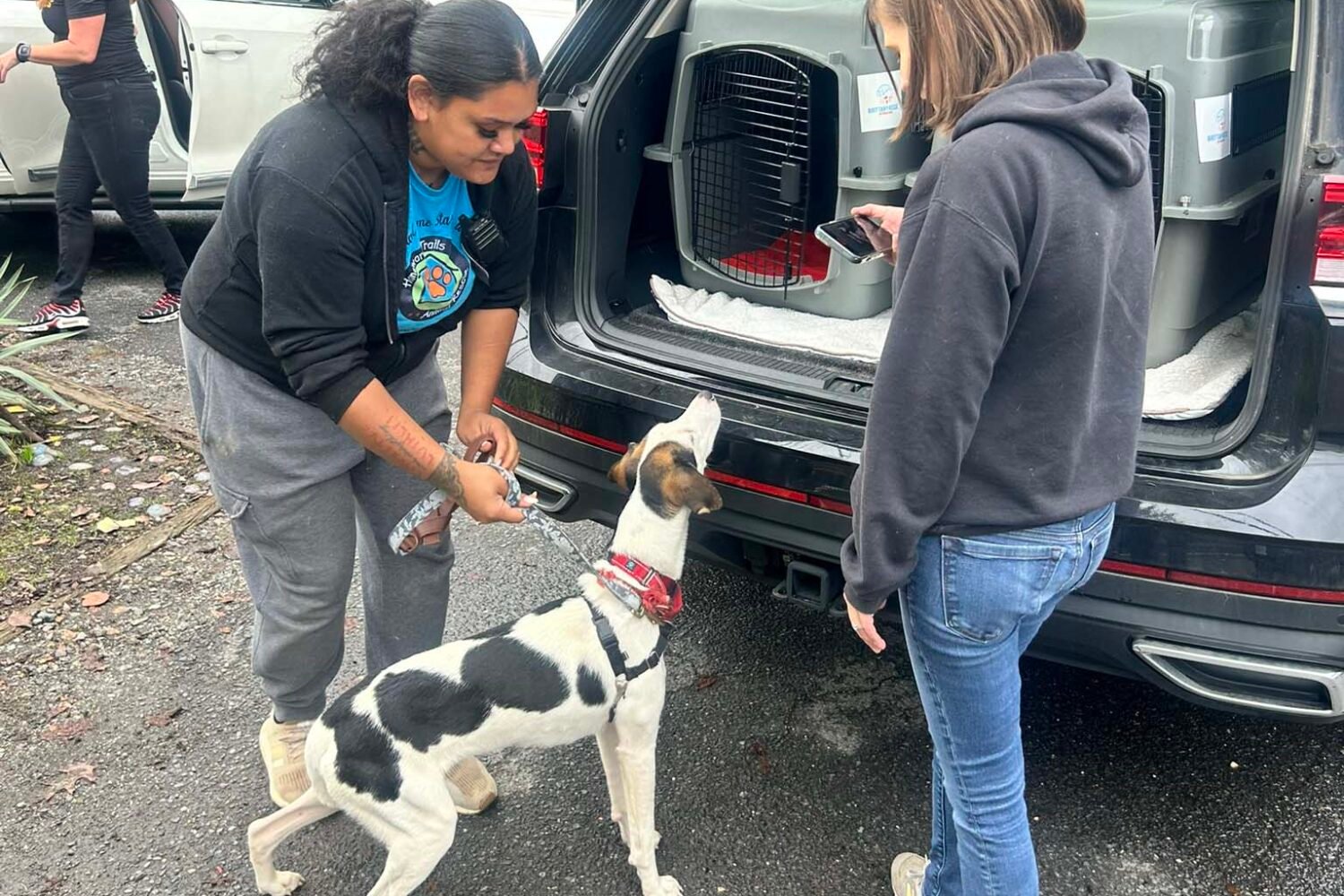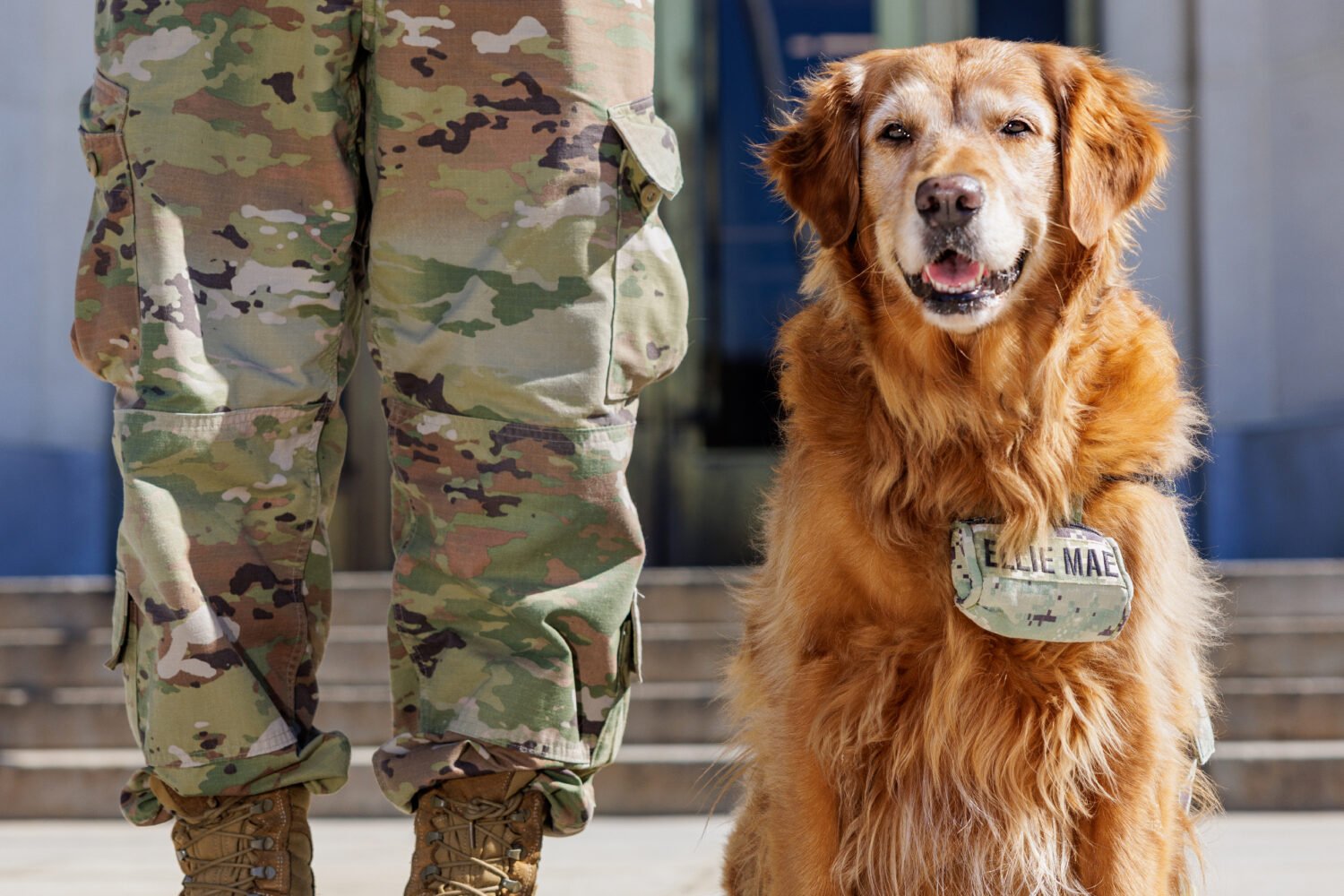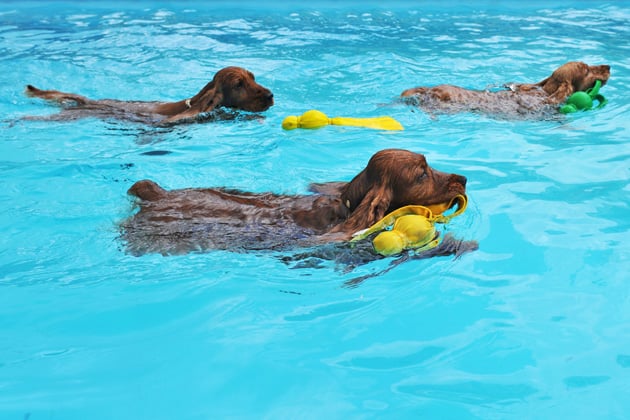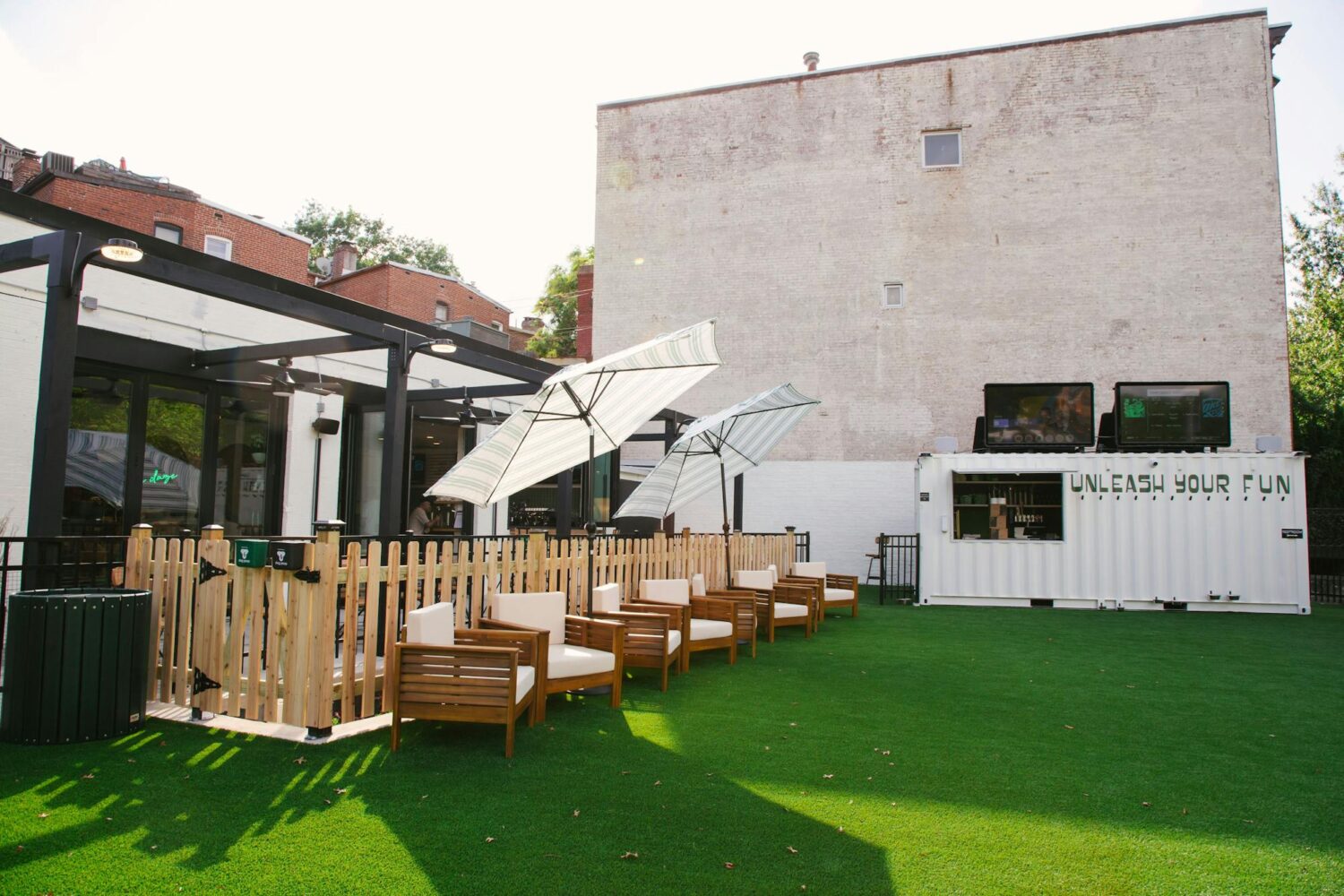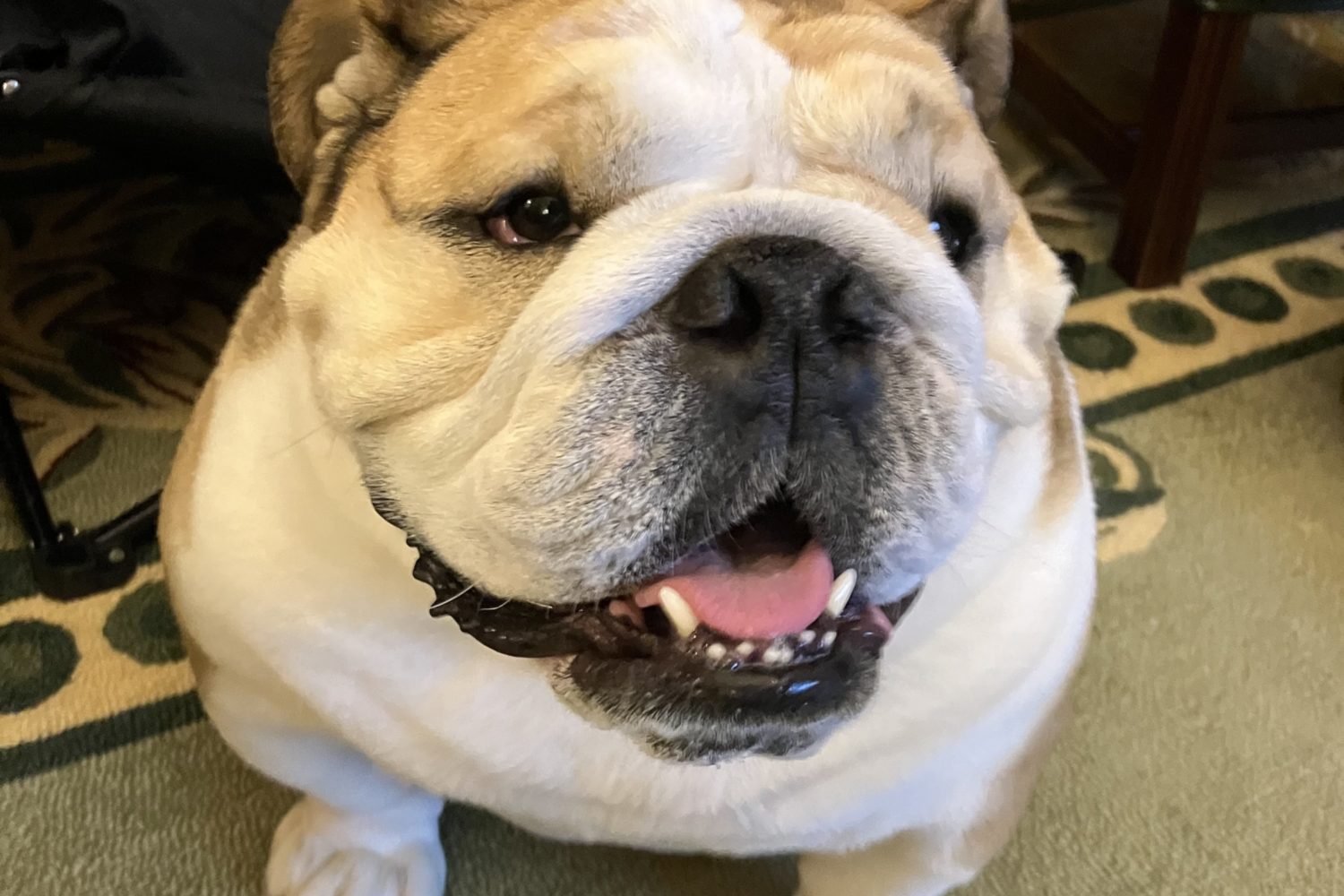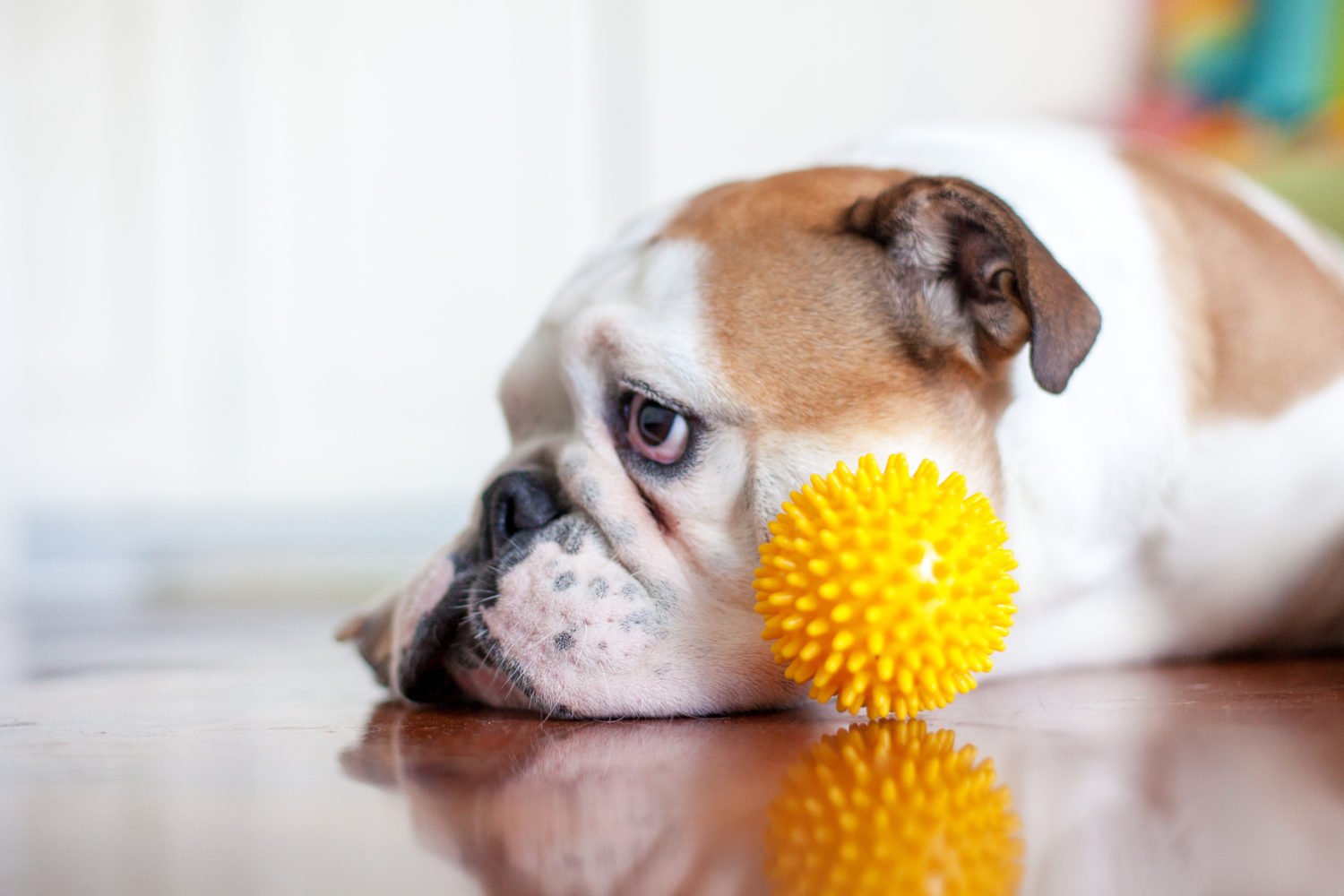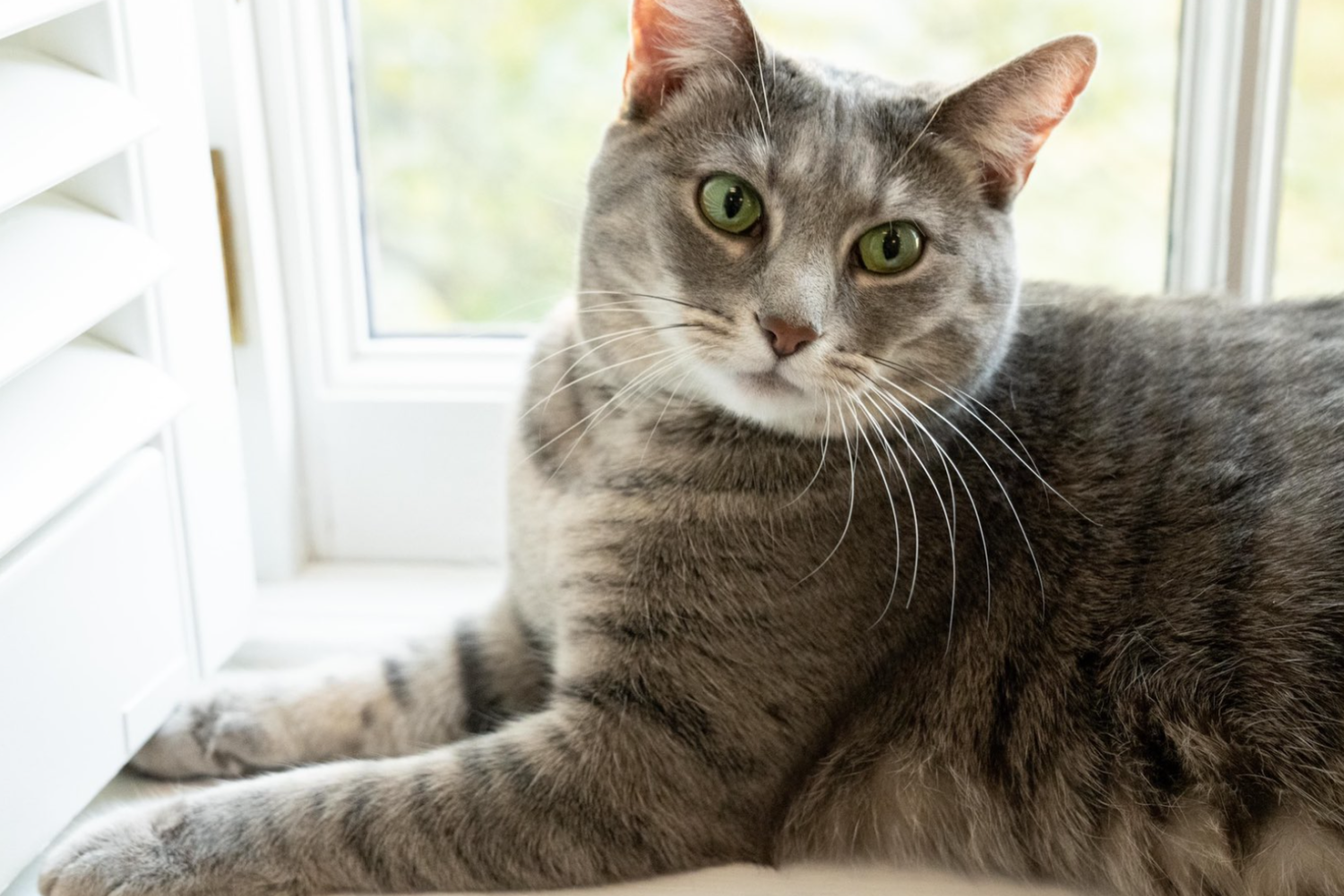One Saturday while out for a family drive, we passed a small Tudor-style house that looked out of place amid the fast-food chains and used-car lots that dot Lee Highway in Falls Church. A sign read PARROTS, PARROTS, PARROTS, JUST PARROTS. “Hmm, I wonder if they sell parrots,” I said.
“I always wanted to know what went on in there,” said my husband, Karl, who grew up in Annandale and passed this place countless times.
What goes on is a lot of noise. My son, Leo, covered his ears as we sidestepped a huge bird screaming as if it were on fire. All around us, birds of various sizes and colors went berserk.
“Can you imagine working there?” I asked Karl once we were back in the car.
“Can you imagine my mother yelling in your ear for eight hours?” he answered.
Still, I kept thinking about that place and those birds (not to mention the kind of people who’d willingly invite one into their home). A few weeks later, I phoned and asked if I could spend a day working in the store. Despite the fact that I didn’t know the difference between a parakeet and a cockatoo—and had a profound fear that one or both would get caught in my hair—owner Ed Willis hired me on the spot.
On the morning of my shift, I’m worrying about the usual things: Will I like my coworkers? Will there be coffee? How long before a bird poops on my head? I dress in a hoodie and rubber rain boots.
When I show up, Henery, a sherbet-colored cockatoo, greets me. “Hey, baby,” he says over and over (and over), with all the charm of a construction worker.
The first human I meet is 18-year-old Jack Walton. A white cockatoo named Snowball is perched on his shoulder, pirate-fashion. Walton rings up a five-pound bag of fruit-flavored pellets for customer Marc Cottrell, a clinical psychologist who lives in Falls Church with three birds.
Cottrell admits he can’t explain his avian affinity: “They’re like toddlers with a can opener attached to their face. They are messy and throw their food everywhere.” But, also like toddlers, he says they can be adorable and sweet. He clearly has a soft spot for them. Cottrell got Rudy, an African grey parrot, when a relative moved and left the bird behind. Penny Leo, another African grey, and Lemon, a type of parrot called an eclectus, were both longtime refugees of Willis’s shop—Cottrell says Penny Leo was so ugly no one wanted her; Lemon had been waiting two years for an owner.
According to the National Pet Owners Survey, 7.9 million US households keep birds, compared with the 60.2 million households that have dogs. But the bird people seem just as devoted. In an article for the International Association of Animal Behavior Consultants, anthropology professor Patricia Anderson writes: “The bond between people and their parrots can be quite profound . . . . [I]t may be due to the capacity for parrots to imitate human speech and speak cognitively.” People, she writes, tend to relate to their birds as family.
“Give her a bucket and sponge and let her clean some cages!” jokes Willis, who has descended from the second floor, where he lives with his 17-year-old daughter, Kency.
The store was once the Wishing Well Tourist Home, in which hostess Mrs. H.C. Tubbs rented rooms to transients. It became a place for birds in 1988 when, says Willis, there were tons of these stores around. “Parrots,” he adds a bit sadly, “were forecasted to be the pet of the millennium.” Today, his is the only Washington-area business exclusively selling birds. A former Parrots Parrots Parrots customer, Willis took over the operation four years ago after management stints at stores including Petland. Despite the huge sign out front, he corrects me repeatedly that the proper name of the store is American Bird Company.
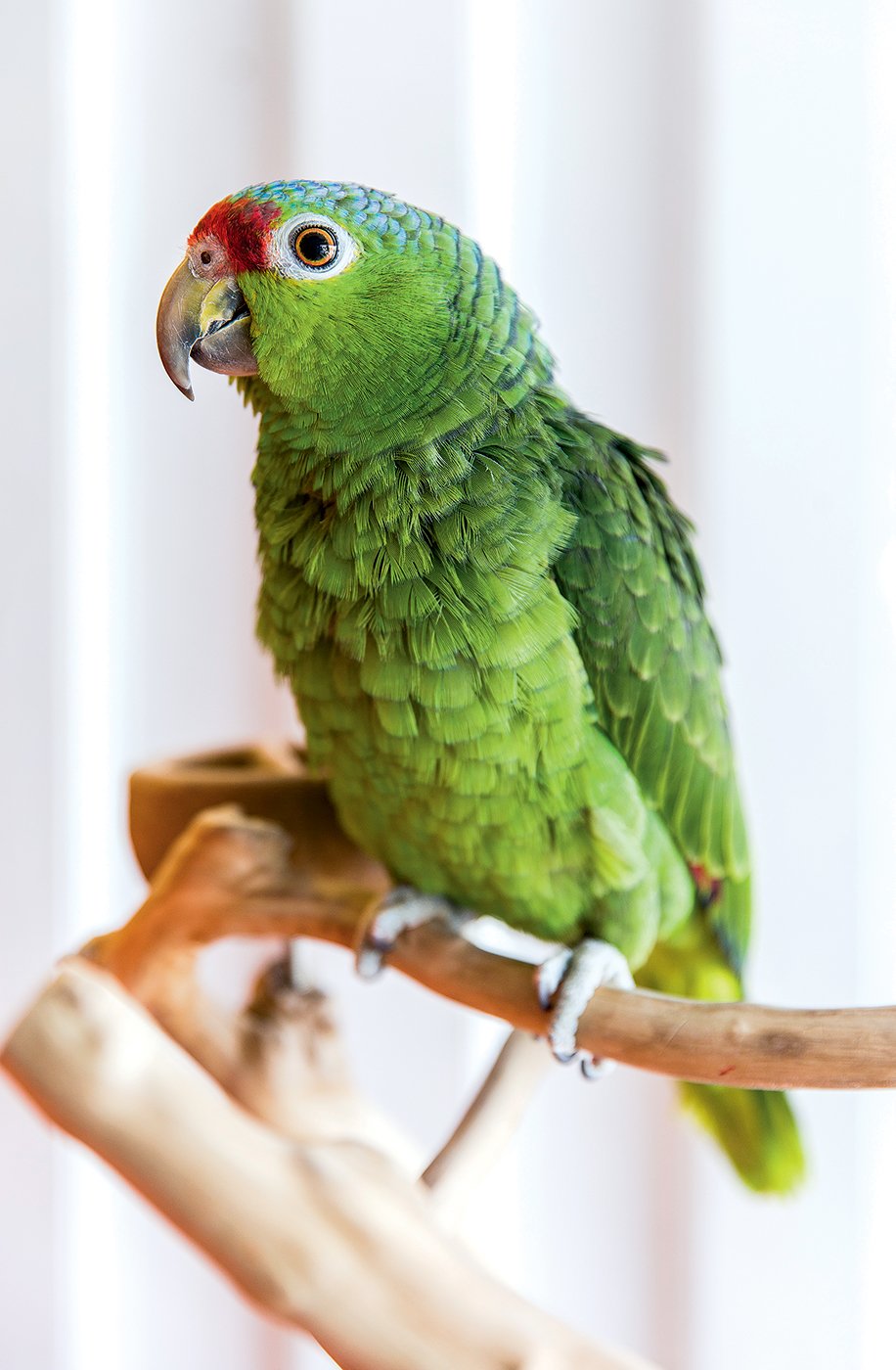
His arms and legs are a battlefield of bird-related scabs and puncture wounds. “This is Kiwi here,” he says, pointing to one on his hand. “This one’s Coral.”
During slow times, six to eight birds board here. Over Thanksgiving, there will be 30 to 50. Along with the boarders, Willis thinks he currently has between 50 and 80 birds for sale but says, “I don’t really know.” He gets his stock from breeders in Florida, Texas, and Virginia.
When Willis goes off to help a customer in the back room, I approach a sweet-faced girl who has come to collect a cockatiel she plans on naming Lenny. Nia, ten, and her mothers, Ilyse Zable and Rachel Kyte, have been making weekly trips from Bethesda to visit Lenny until she was weaned. “We are complete bird virgins,” says Zable.
Nia, Zable notes, did a lot of research: “She was serious about this.” Before she sets Lenny in her cardboard carrying case, the girl kisses her on the head. Meanwhile, Kyte pays for so many accessories it’s unclear if Lenny will fit in her own cage.
Another indication that bird people aren’t so different from dog fanatics, says Willis: They spare no expense. Take Sarah Carpenter, who recently returned from San Diego. There, she and her husband attended a seminar offered by Avian Behavior International because they’re training their umbrella cockatoo, Mohawk, to be nicer.
I also meet Mary Lynn Snowman, who works in budgeting for Montgomery County. She rattles off the names of her birds, keeping track on her fingers. There are her two eclectus parrots, Ricky and Lucy, and her four macaws: Murphy, Sammy, Rhemo—she takes a moment to remember—and Jeannie. “I’ve had up to 13 before,” she says.
Willis had to limit Snowman’s purchases to one bird a month. She cheats on him, however, often rescuing unwanted birds off Craigslist. She never had birds growing up—her parents thought they were filthy. She’s making up for lost time. The 60-year-old estimates she spends $150 a month on food and toys. “More like $500 to $600 a month,” says Willis, ribbing her.
So far, I’m having a hard time pinpointing why birds matter so much. They’re not cute or cuddly. Their faces are impossible to read. And they’re expensive. Cockatiels start at $149, macaws at about $3,000. Henery, who hasn’t stopped saying, “Hey, baby” since I arrived, is $4,400.
All day, I watch a stream of people stick their fingers into cages. Sasha Weiss, nine, comes in every week to play with Snowball. Today she stands mesmerized as Willis’s daughter, Kency, washes the cockatoo in the bathroom sink. Soaking wet, Snowball’s feathers reveal pink skin and knobby bones.
It’s nearly closing time and I’ve avoided being pooped on (although someone’s iPhone wasn’t as lucky), but I have yet to let a bird come close to any part of my body. Which makes me feel like a chicken.
I decide I can trust Snowball. I mean, I’ve already seen him at his most vulnerable, so we do share some history. First, he strolls up my left arm and settles on my shoulder. He trills in my ear, and I reach around to scratch his neck. He’s a lot lighter than I imagined. Must be all the feathers. It’s not so bad, really, having a bird nuzzle your neck. In fact, it’s a pretty good way to earn a living. Just don’t call me baby.
This article appeared in the May 2018 issue of Washingtonian.

